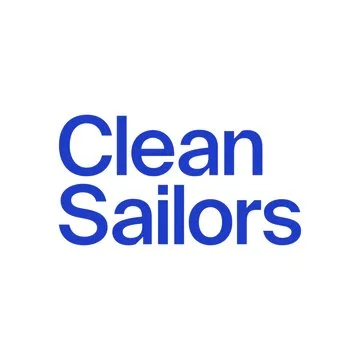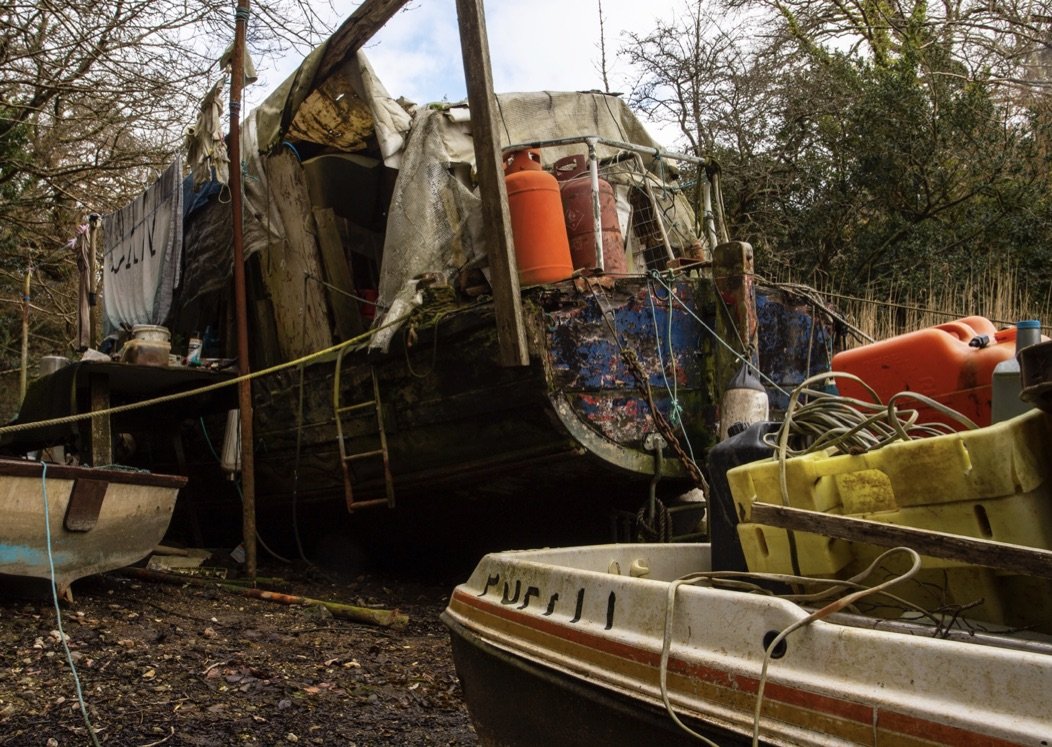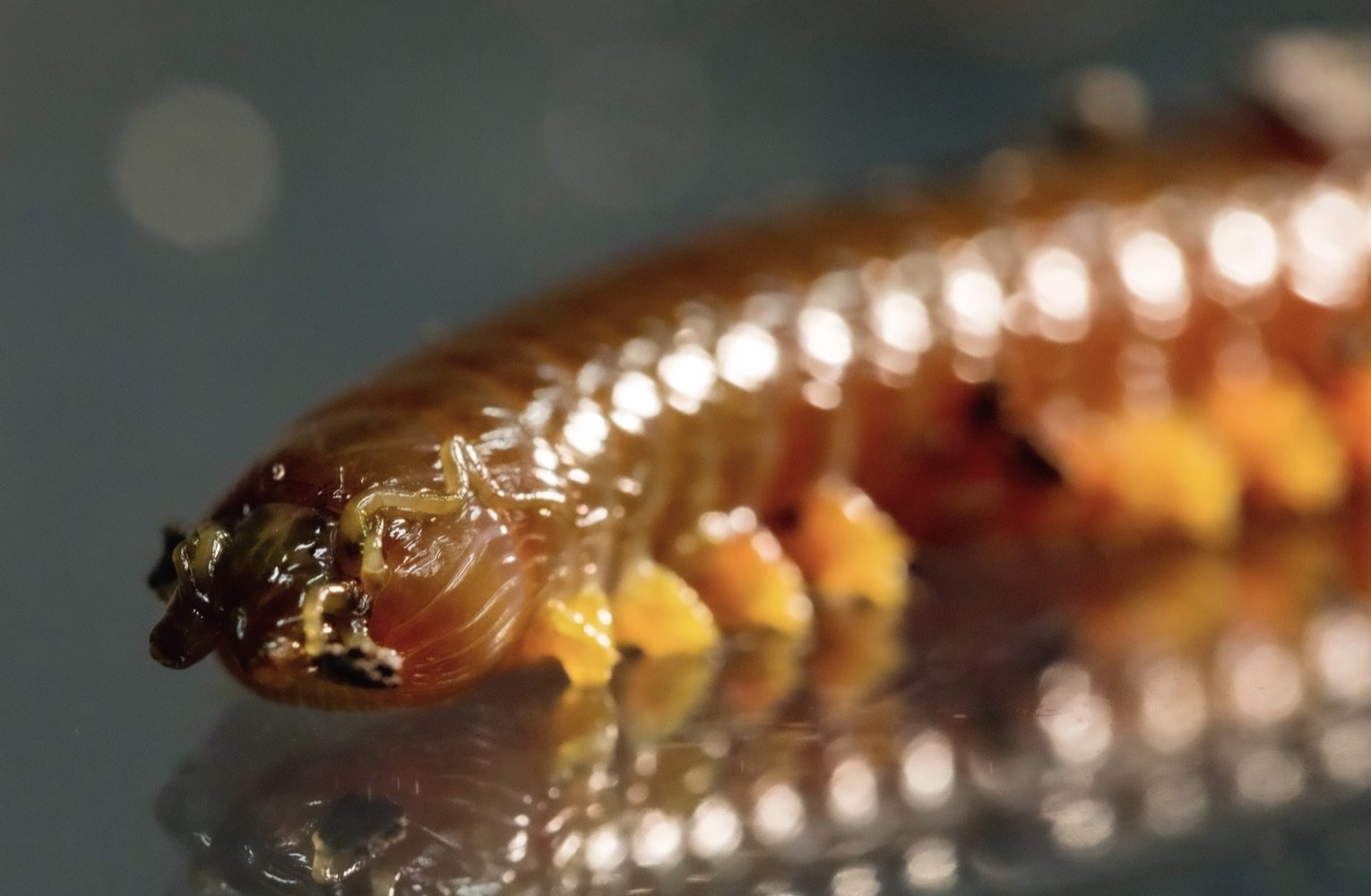
THE WAKE OF SAILING
A photo series for non-profit Clean Sailors.
Studying the effects of unsustainable traditional boat constuction local to me on the South West Coast of the UK.
A DARKER LEGACY
Despite its nomadic lure, there is a darker side of the sailing industries’ connection to the marine environment that is not so widely known. There is in an underbelly to the sport. The legacy the boats leave on the marine environment paint it in a very different light.
FLOATING LANDFILLS
Approximately 90% of boats nowadays are made from glass reinforced plastics (fibreglass). Fibreglass made it mainstream back in the 1960’s and 70’s. Replacing the traditional, more sustainable materials like timber and steel. Its strength and durability made it possible to produce small leisure vessels cheaply and on mass. This made the sport more accessible, and it resulted in a fibreglass boating boom.
What we are now seeing is that first generation of fibreglass boats are coming to the end of their seafaring days. However, with no ecologically sound way of breaking these vessels back down into their raw materials and no destruction strategy inbuilt to their design, owners usually to abandon them. And the effect on the marine environment is devastating.
They collect in sites like this, along our shorelines and in our waters, which are no less then floating landfills.
THE LIFE BELOW
Boats abandoned in disused moorings, rise and fall with the changing tides. The vessels sink and crush the sediment bed below. A valuable carbon store and home to an important biodiversity of sediment life and marine filter feeders.
Copper, Zinc and Aluminum from painted boats dissolve and pollute the water with toxic levels of the metals. They congest in the guts of the soft sediment worms, who ingest them as they create their burrows.
Ragworm, (Nereidae), marine worm found in the sediment of the intertidal zone along esturies in the UK, effected by GRP boat dumping
“AS SHIPWRIGHTS, WE KNOW HOW WE ARE CURRENTLY BUILDING BOATS IS COMPLETELY UNSUSTAINABLE”
- Mark Cann director of C.I.C Sailors Creek
Mark Cann and three directors, experienced shipwrights and sailors, have leased a site on Penryn estuary's North Bank to combat fiberglass boat dumping. Their community interest company, C.I.C Sailors Creek, is clearing the site of abandoned boats to restore water quality and marine biodiversity. This effort reflects their commitment to the ocean and the environment, demonstrating responsibility within the seafaring community
This grassroots effort demonstrates the importance of taking responsibility for protecting your local waters and inspires broader conversations around environmental stewardship in boating.
BOAT IMPACT ON MIEO/MACRO FAUNA
As the boats break down into smaller parts and microplastics, their effect is only amplified as their able to ingrain themselves more deeply in the marine environment.
This has the most substantial effect on meiofaunal marine life. Meiofauna play a fundamental role as filter feeders. They critically transfer energy from decomposers and primary producers up the food chain. Yet often their contribution to marine biodiversity is overlooked. Where boats are abandoned, the meiofauna digest toxic boat debris instead of organic matter.
Observing the impact on the meiofaunal/macrofaunal life in the water and sediment bed is a good bioindicator of the effect the abandoned boats are having on the marine environment at large
SUSTAINABLE INNOVATION MEETS TRADITIONAL INDUSTRY
Closer to the root of the problem, change is happening in the construction of boats too. Sustainable progress coming from industry leaders in Scandinavia and France, is slowly being accepted on the more traditional side of the industry, like here on the South-west coast of the UK.
Lyme Regis Boat Building academy on the South-West Coast of England is now voluntarily opting for more sustainable materials and teaching more sustainable building processes. Experimenting with newly developed green-composites and sourcing timber from trustworthy forests in the UK.
Willingness to evolve sustainably from the traditional shipwrights will be pivotal if there is to be a sustainable future for the industry.





